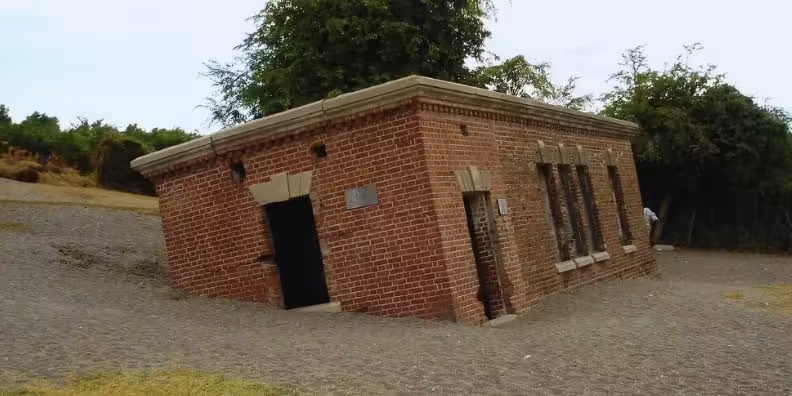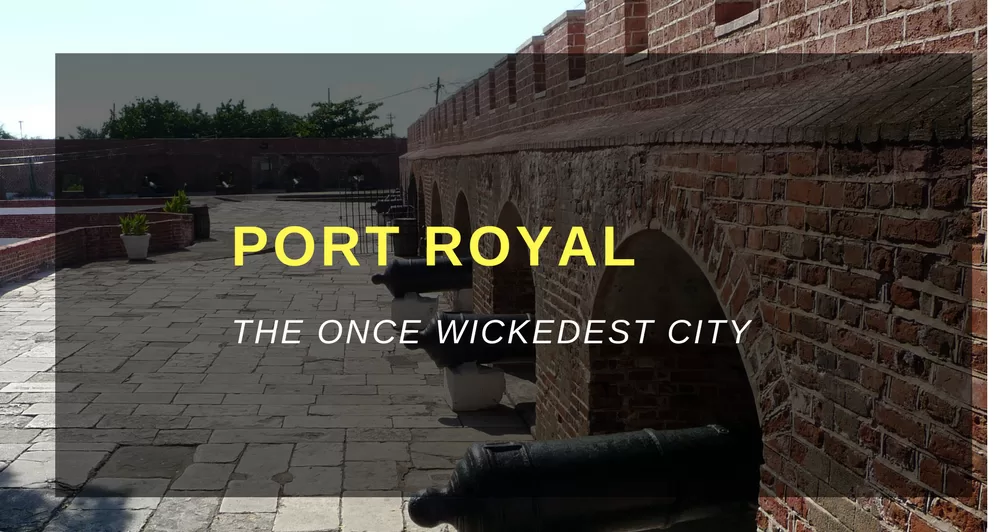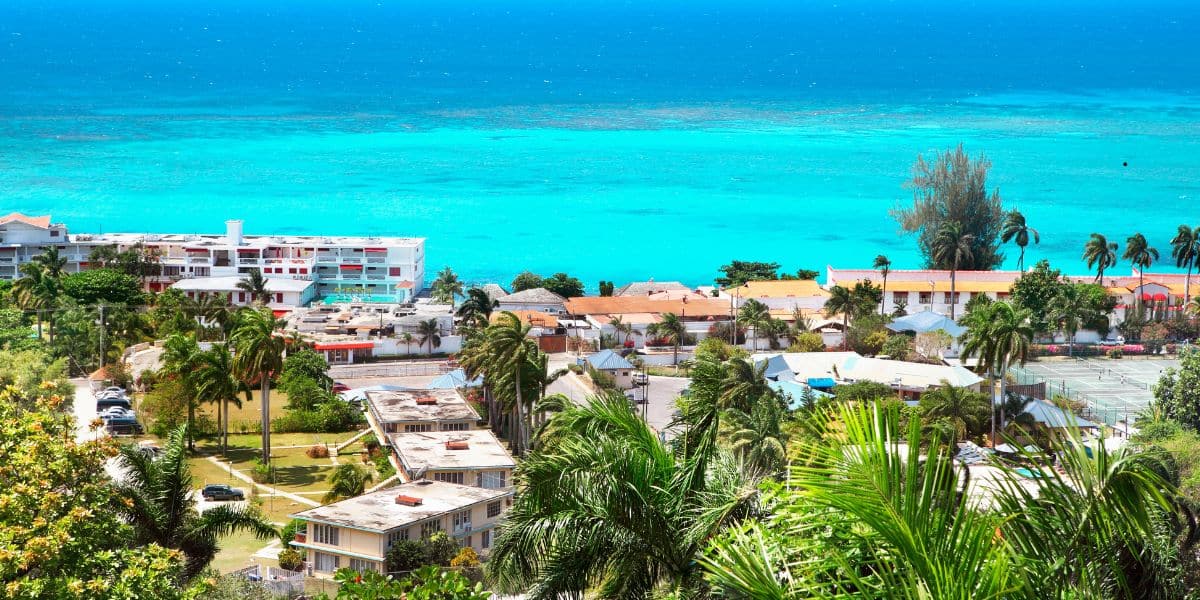After a devastating earthquake on the 7th of June 1692, half of the village sank into the ocean. Many hurricanes have since damaged the remaining infrastructure.
It’s History: Popular Amongst Pirates
As it was a harbor city, it was known for its garish shows of wealth and slack morals. It was a famous port for pirates and privateers, some coming from as far away as Madagascar, to replenish their stocks and to spend their bounty.
After the ports destruction in 1692, the commercial capital became Kingston. In 1999, plans were drawn up to renovate the small village as a heritage site which would serve as a tourist destination, particularly for cruise liners.
The Port Royal Tour
Today, the location is popular among visitors and offers excellent insight into this tumultuous time in Jamaica’s history.
The tour starts at Fort Charles, the oldest and largest of the island’s forts. You will be able to explore many of the old buildings and areas, including the Giddy House, the Parade Ground, and the post office.
You’ll also get to see the St. Peter’s Anglican Church, the old Gaol and Naval Hospital, and the Monument, which is a ship’s mast which remains as the only remnant of the sloop.
The tour ends at the Y-Knot Bar, where you can enjoy a cold beverage and some snacks.
About The Actual Earthquake
The June 1692 earthquake was devastating to the small village, resulting in the city being destroyed and the death of thousands of people. The strong quakes, the liquefaction of the soil, and a tsunami created by the earthquake all came together to destroy the village.
At the time, earthquakes in Jamaica were fairly common but were normally small. A tremor in 1688 is an example where three houses collapsed. Four years later (in 1692), the devastating earthquake hit and caused a tsunami which put half of the village 40 feet under water.
The HMS Swan floated from the harbor and landed on top of one of the island’s buildings, allowing it to become an asylum for survivors.
Shortly after the quake, residents found that the island was not bedrock, but instead loosely packed soil which acted as a liquid when the earthquake struck. Many of the buildings sank into the ground, and almost all of the buildings became uninhabited.
Corpses from the graveyard floated in the harbor beside the bodies of the victims of the earthquake.
Spanish Town on the main island was demolished. The entire peninsula experienced the quake, and 50 people died in a landslide. In total, the earthquake claimed the lives of 3,000 people. After the disaster, looting began, which resulted in many thousands more people dying.
The aftershocks felt in the following weeks discouraged residents from rebuilding the city again. Instead, Kingston was built, and to this day, remains Jamaica’s largest city.





